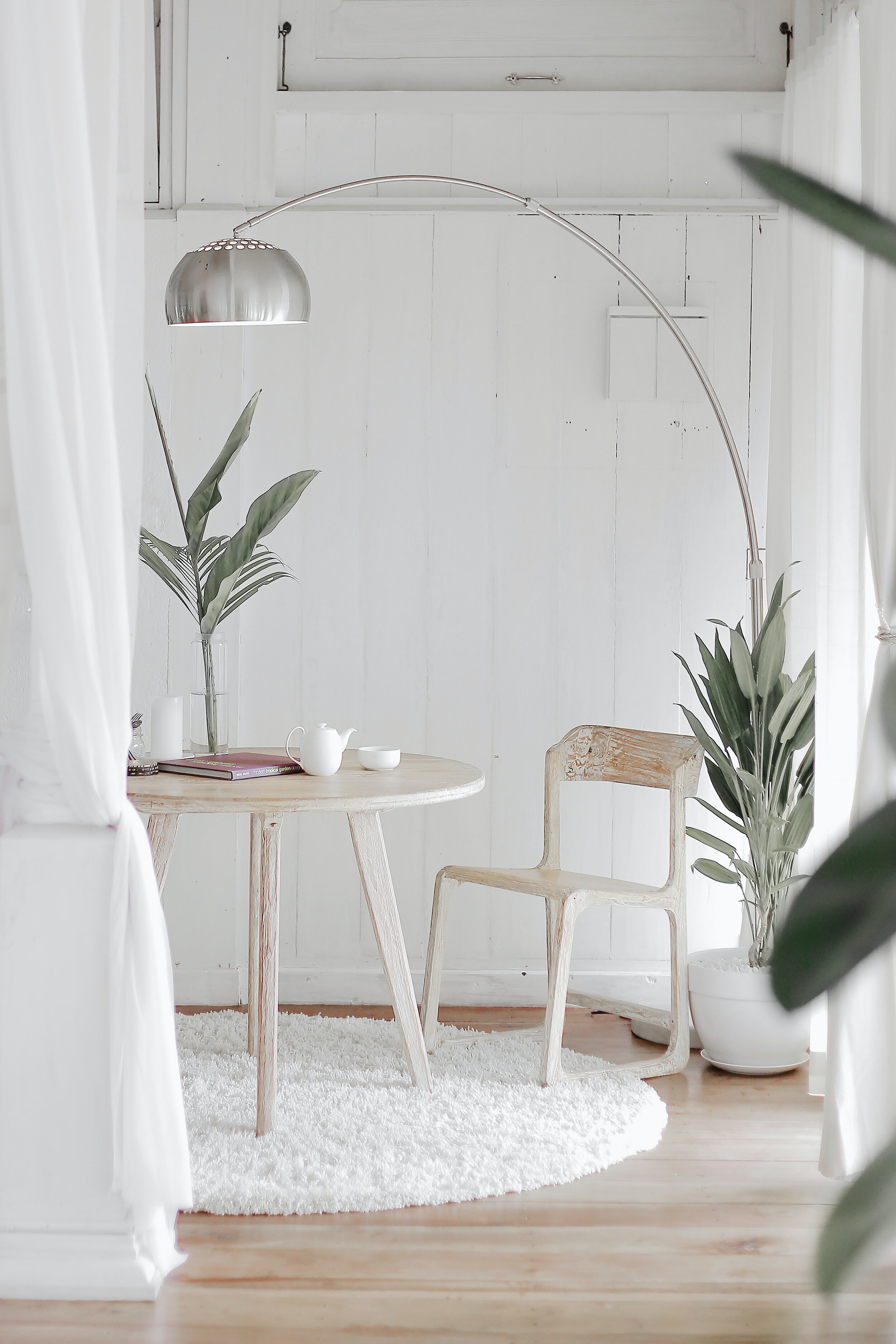2020-21 has seen a rise in various trends throughout interior design, from broken plan and open plan living, to “Japandi” stylisation. A trend that is having one of the biggest impacts on the industry is the increased interest in Biophilic design. The incorporation of natural, outdoor elements into indoor spaces, or even increasing the comfort and liveability of outdoor spaces is what biophilia is all about.
Science has been telling us for years that being outside and close to nature is good for our minds and bodies, but with more people living in cities than ever before it can be hard for many to have enough time or exposure with natural settings. This, along with the Coronavirus pandemic keeping people indoors for longer than they’re used to, has helped to inspire the growing audience for biophilic design. The trend has also spilled over, and facilitated a resurgence in the buying of houseplants. Devoted online stores are becoming popular, John Lewis’s sale of houseplants has increased 41.9% in the last year, and Made.com’s sales of plant accessories have quadrupled in the same amount of time. Studies and interviews indicate that young urban professionals are being drawn to houseplants and biophilic design choices for their calming, familiar nature, offering a reminder of the green spaces many university graduates were used to in their hometowns.
The trend of taking a more natural approach in interior design doesn’t stop with biophilia and houseplants however, with the sentiments crossing over into more general design choices. Namely, colour schemes. For some time, interior colour choices have been dominated by either neutral blues, or cool stylish greys, however in the last couple of years there has been an increase in demand for more natural colour palettes. “Brave Ground” was Dulux’s top selling paint last year, a subtle brown shade evocative of, and indeed compatible with the trendy wooden and woven items of 2020. Muted neutral greens have also been having a moment in the sun, with grassy and olive tones becoming more and more popular in the last year. This shift in the landscape aligns with the growing fascination with biophilia as the leaning towards natural colours is indicative of people’s desire to bring a little more of what is outside indoors.
Now, not every trend is explicitly focused on emphasising nature, however it is often the case that trends complement each other, which is how we feel about the relationship between the biophilia boom and the fast-growing Nordic style. This style, also referred to as “Structured Simplicity” is focused on comfort and relaxation. Light, slightly weathered woods are commonplace, as well as beiges, and similarly soothing warmer neutral tones. Stripping back spaces from fancy showpieces into more homely inviting areas is the name of the game, with the benefits of increased sustainability also coming into play. Sunken sofas along with rustic wooden tables and stools make this facet of design perfect for a night in with the family, or an intimate evening, entertaining friends.
Of course, there are countless other trends that have popped up in the last year, and new angles are arising constantly. There are those more compatible with the ones described here, such as eco-friendly designs, and the increased use of warmer earthy paints, as well those that perhaps don’t quite mesh with the principles of biophilia, such as increased influences by classic artists. To us, the rise in natural choices is what’s most exciting. With everyone cooped up for so long, being in touch with nature even in the home has never been a better idea. If you agree, then contact us and begin your journey into biophilia today!



